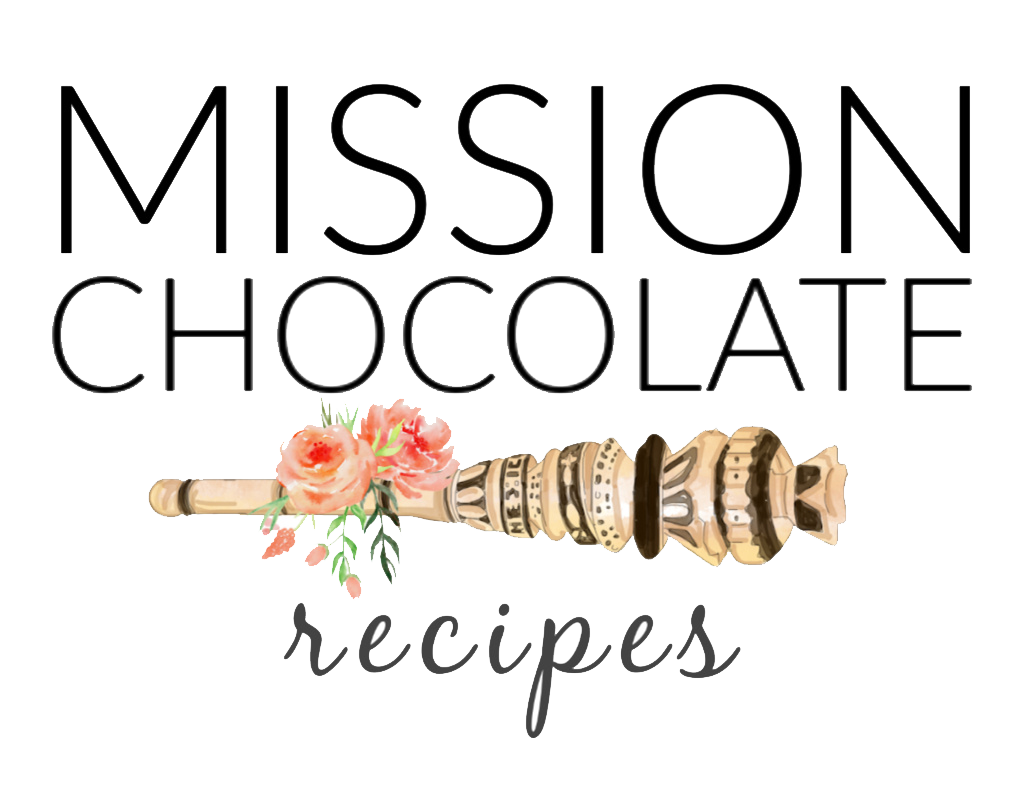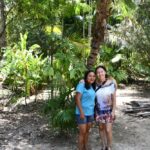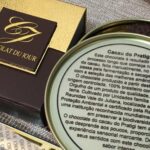Fazenda Camboa, 100% organic cacao beans- Bahia, Brazil
Fazenda Camboa is owned by two brothers and is the largest organic farm in Brazil, possibly the world. It is in the state of Bahia, north of Sao Paulo, and a short 2 hour flight for me. I have visited the farm twice in the past year, once alone and the other with Greg from Dandelion Chocolate and Ryan from Parliament Chocolate. I also had the pleasure of having coffee with the owner, Arthur, in Rio de Janeiro and then with his son, also named Arthur, in Sao Paulo.
 Most of my chocolate is made with this cacao and my 70% bar has been the Gold winner two years in a row in the Premios Bean to Bar Brasil – a chocolate competition that is judged, blind, by chocolate makers. So if chocolate makers think this is the best chocolate in Brazil, maybe you should give it a try.
Most of my chocolate is made with this cacao and my 70% bar has been the Gold winner two years in a row in the Premios Bean to Bar Brasil – a chocolate competition that is judged, blind, by chocolate makers. So if chocolate makers think this is the best chocolate in Brazil, maybe you should give it a try.

When I commit to buying beans from a farm, I really commit. I want to make sure it is clear how serious I am about which cacao I purchase. Being a bean to bar chocolate maker means different things to different people; to me it means making sure the cacao, the farm, the workers, the environment – all of it, are happy and in good shape. And I want to see it, smell it, touch it, live it. I want to make sure I am financially supporting something positive and passing that along to my customers.
This means I get to travel a lot and if I am lucky I get to travel with other chocolate makers.
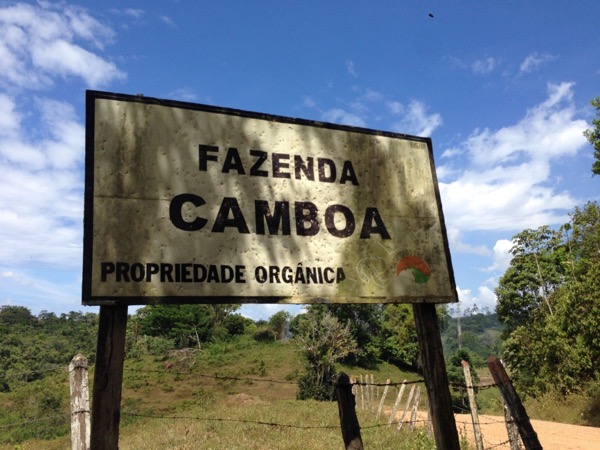
Fazenda Camboa is an hour drive from the main nearby city of Ilheus. When you arrive to the farm you are greeted by many dogs, some cattle and horses. You can head straight for the hammocks which overlook a calm magical river or you can go straight into the cacao fields.
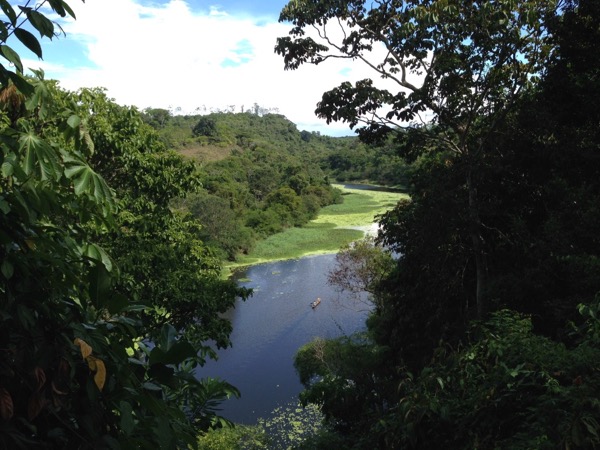
Among the many things that I like about Fazenda Camboa, is that I can ask for a specific variety of cacao. In their case it is choosing between a forastero or trinitario hybrid. They harvest, ferment and dry these separately to maintain the different characteristics of the beans. Currently all of my Fazenda Camboa bars are made with their trinitario hybrid beans.
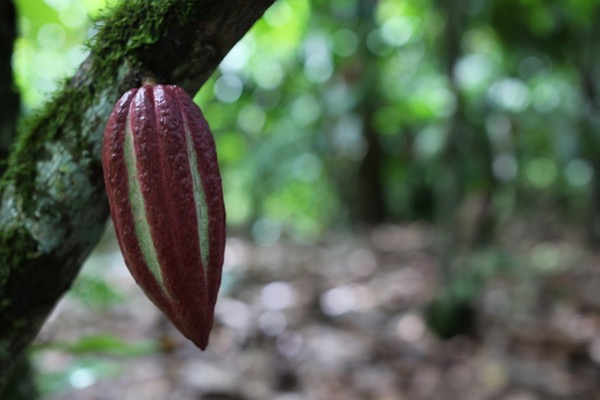
All of the cacao is processed on the farm- it gets cut open, fermented, dried, packed, and stored there. When someone uses this cacao it can also be labeled single estate or single origin chocolate. Below is the fermentation boxes- it can stay here 4 to 7 days.
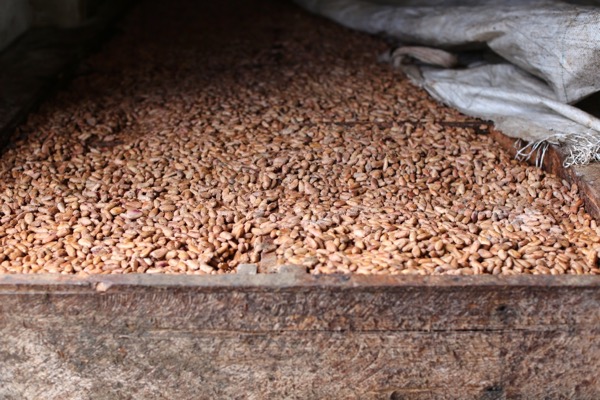
Below are the cacao drying beds, after fermentation the beans get spread here to dry, normally 7 to 12 days depending how hot it gets and rainfall. On the left is the great cacao that gets sent to great chocolate makers, and on the right is cacao that is not good enough for the premium market. Every cacao has a market and every cacao grower in the world, that has access to different level buyers, will separate their cacao. The cacao on the right gets purchased by the bulk/commodity cacao market, usually huge corporations, and gets made into chocolate or pressed for cocoa butter and cocoa powder.
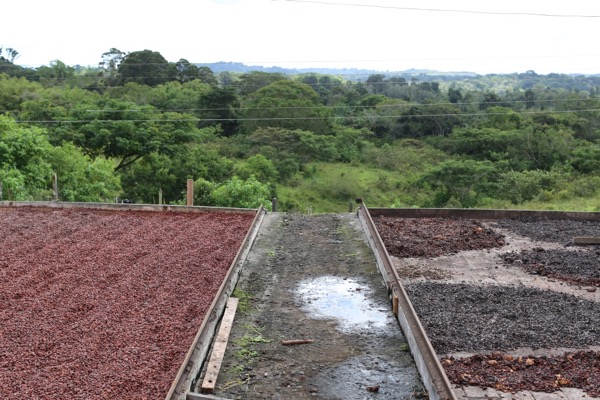
Once the cacao is dry, less than 7% moisture level, it get stored in warehouses, packed in 65 kilo bags and waits to get shipped. In my case, I get it shipped via regular mail to Sao Paulo – if I were in the USA, I would have to work with a broker to help me bring it into the country. The great thing is that I can work with a new cacao harvest sooner than anyone else in the world. And that should make my chocolate friends jealous. Although, I find it more challenging to work with fresher cacao. The cacao seems to benefit from a resting period of 6 months to a year to get some of the harsh notes out. So the joke is on me. I buy it and have to let it sit for a while. If stored correctly cacao can last several years.
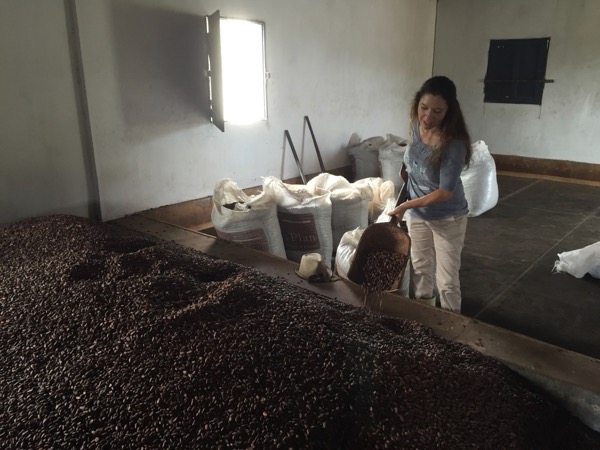
Once I get my cacao in Sao Paulo, I sort through the bag and make sure there are no rocks, feathers, toys, or anything that can accidentally get into the cacao while it is drying. Then I let it sit for a few months.
From all of the cacaos that I have worked with, Brazilian cacao has been the cleanest because it is dust free and goes through a presorting process on the farm. Makes my job easier.
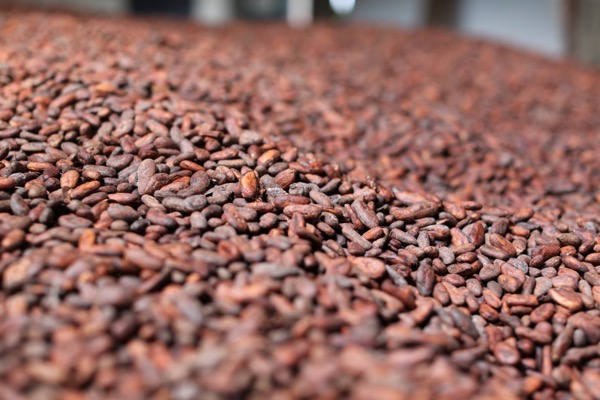
I decide on a roast temperature and time, make a test batch, eat it all, then begin actual production with the rest of the cacao.

